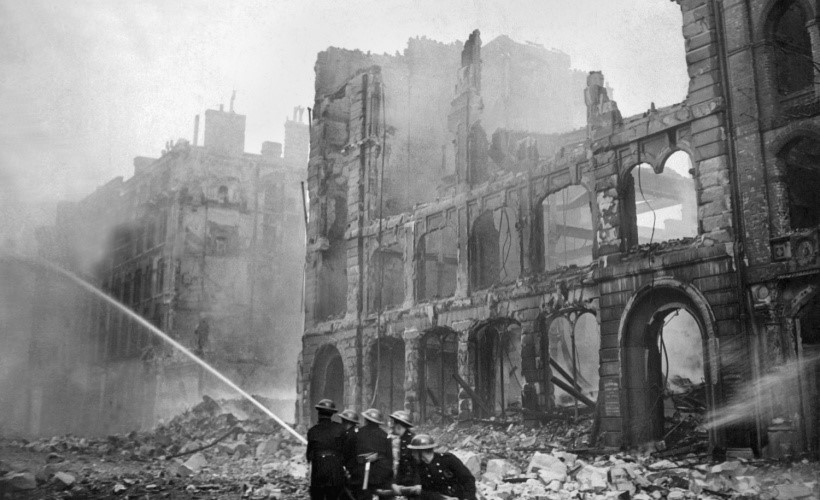By Suzanne Raine and Professor Brendan Simms
Whatever his motives, the challenge to the Generals and to Putin by Yevgeny Prigozhin in Russia reminded us – if we needed reminding – how contingent political change can be. Analysts seek to predict when regimes might fall, but given that the firmness of state control is not an adequate measure of stability (and may in fact indicate exactly the opposite), it is difficult to do. As Professor Ali Ansari makes clear in the most recent edition of the OnGeopolitics podcast, the theories rarely stand up to the hard reality of chaotic situations, calculations about power and risk, and individual choices. The concept of ‘authoritarian resilience’ evolved to explain the imperfection of an earlier theory, the expectation of a ‘third wave’ of democratisation after the fall of the Berlin Wall. The resilience of leaders such as Bashar Al-Assad (now rehabilitated into the Arab League, although still unacceptable to the US and Europe), or the enduring nature of the government in Iran despite waves of protests, are cases in point.
When an authoritarian state breaks, it may come swiftly and from an unexpected angle. Both those in power and those seeking to depose them are trying to work out when to use force and when to compromise. To give too much is a sign of weakness, but clamping down repressively only works until it doesn’t. Can a revolution lead to successful change without overthrowing the authoritarian leader? In almost every circumstance the role of the army and security forces – the state’s monopoly on power – will be critical. Knowing which side they will choose, being confident the soldiers will obey orders, is a key information requirement for both the authorities and the opposition, which is why oppositionists do well not to seek to engineer an exact set of circumstances but to plan such that they can take maximum advantage of opportunities.
There are many examples from history that bear this out. By the late eighteenth century for example, the French ancien regime had lasted a very long time (the clue is in the name!) with the Bourbons and its head. Yet in July 1789, admittedly after a long crisis, the absolute monarchy suddenly fell in the face of a combined peasant, artisan, bourgeois, and liberal noble onslaught. The royal army was curiously inert throughout. Everybody knew the regime had its problems but nobody expected it to fall so quickly. In the mid-nineteenth century, the Prussian and Austrian regimes were shaken – in this case only temporarily – by revolts during which the armed forces- again – largely stood to one side and the elites watched to see which way the wind would blow.
You could see a similar dynamic at work in the late twentieth and early twenty-first centuries. It may have been obvious that communism was in difficulty in the late 1980s, but nobody predicted the swift sequential collapse of the more than forty-year-old regimes in Eastern Europe in 1989. Here the cracks emerged very quickly and forced members of the regime and the security apparatus to make rapid decisions as to where they would position themselves. Once again, with the bloody exception of Romania, the security forces stood largely to one side. In the chaos, relatively senior and junior regime figures made decisions, for example, those leading to the unforeseen opening of the Berlin Wall, which had massive consequences. The same pattern was observable in 2011, when well-established regimes were swept out in Tunisia, Egypt, and (admittedly with a lot of pushing and shoving by the West) Libya as well. This is why dictators rarely sleep soundly: however long their regimes, they know that they are safe only until they are not.







